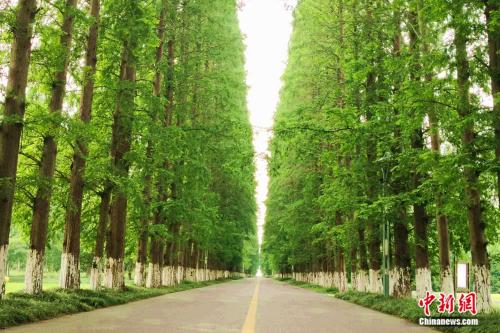
[Beautiful China Yangtze River Tour] Shut down 138 chemical plants a year! This city has worked hard to protect the water environment.
Nantong, the client of Zhongxin. com, May 15 (Yuan Xiuyue) Nantong, Jiangsu Province is a city bred by rivers and seas. It faces Shanghai across the river, where the Yangtze River and the Yellow Sea meet and there are many ports and docks. At the same time, environmental protection has become crucial. How to do a good job in water environment management and keep the Yangtze River estuary? How to complete ecological restoration and make the city full of birds and flowers?
Strengthen the protection of drinking water sources
"The drinking water source of Langshan Mountain in the Yangtze River is in Longzhaoyan. In the past, citizens could go in and play. Considering that domestic garbage may be generated, it was closed. In addition, some catering and water speedboat projects are no longer allowed." Huan Songtao, chief engineer of the Management Committee of Langshan Scenic Area, said.
There is a dragon claw rock in the westernmost part of Huangni Mountain in Nantong City, which is named after a stone ridge immersed in the river like a "dragon claw". The downstream of Longzhaoyan is the water intake point of Langshan drinking water source in the Yangtze River. Last year, it was exposed by the media that there was sewage discharge and the smell was pungent. This year, there is not only no sewage here, but also no tourists.
The drinking water source of Langshan in the Yangtze River is located at the intake of Langshan Water Plant and Chonghai Water Plant of Nantong Water Supply Company. It covers an area of 208 mu and can supply 600,000 cubic meters of water every day. It undertakes the task of supplying water to Chongchuan District, Gangzha District and related counties (cities) in Nantong City, and is an important drinking water source in Nantong City.
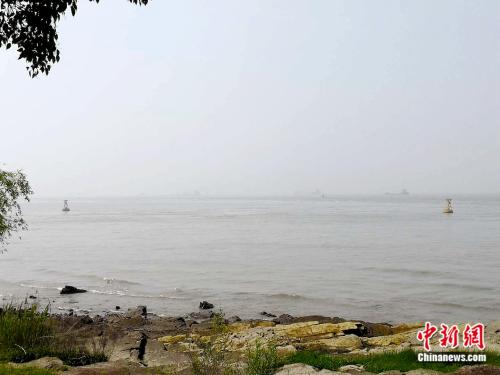
How to protect the water source from pollution? Nantong municipal government proposed "subtraction" to promote the relocation project of the wharf, complete the special rectification task of illegal wharf, and integrate and withdraw from the coastline along the river for 4.6 kilometers; Chemicals are prohibited. Nantong Port Group Container Branch in the drinking water source area of Langshan stopped receiving and unloading dangerous chemicals containers, and Langshan Port Company also shut down the operation of prohibited bulk cargoes such as sulfur.
The chemical industry always threatens the water environment. Nantong City has successively carried out three rounds of special rectification of chemical production enterprises, closing, converting and relocating 338 chemical enterprises, and shutting down 138 in 2017 alone. Last year, Nantong also raised the threshold of environmental access along the Yangtze River, stopped approving new chemical projects, and promoted the transfer of green chemical enterprises along the Yangtze River to the coast.
Pollution discharge and pollution control are equally important. In terms of infrastructure, there are 108 sewage treatment plants in Nantong, which can handle 1.698 million tons of sewage every day. The number of sewage outlets has also been reduced from 36 to 27.
"The drinking water source is related to the drinking water problem of Nantong citizens." Huan Songtao said that the protection of drinking water sources in Langshan is inseparable from the improvement of the overall ecological environment.
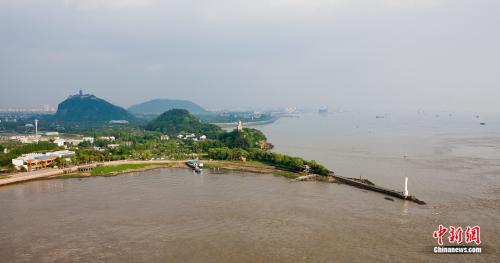
Do not specialize in garden construction.
Langshan Mountain is one of the five mountains in Nantong, and the other four are Junshan Mountain, Jianshan Mountain, Maanshan Mountain and Huangni Mountain. Wushan Mountain is known as the landmark of Nantong, and its ecological quality also directly affects the environment of Nantong. In 2017, Nantong started the ecological restoration and protection work in Wushan and the areas along the Yangtze River, with a total area of 20 square kilometers.
"Wushan Forest Park and national 5A-level tourist attractions are being built in Wushan area, which is divided into seven areas. At present, Junshan area, Langshan central area, Botanical Garden area and Binjiang area are under construction." Huan Songtao said that it will be built in two to three years.
"In the process of construction, one is to relocate the original houses, build all green ecological projects, dredge the original rivers, and relocate the enterprises for greening." Huan Songtao said that considering the participation of tourists, some sightseeing projects, such as bicycles and upstream water, may be done to let them feel the fruits of ecological construction in the scenic spot.
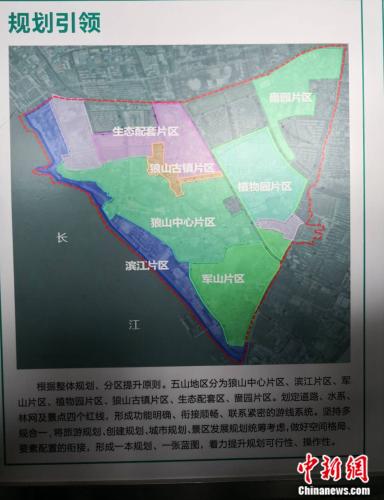
However, he also admitted that in Wushan Scenic Area, no other civil works will be carried out unless there are necessary buildings, such as toilets and tourist service facilities.
In the greening of Wushan area, similar principles are also implemented: give priority to natural ecological protection, do not engage in garden-like construction, and try not to move the original trees and water systems. There is a small piece of land at the foot of Junshan Mountain, which is the best place to protect biodiversity in East China. During the construction, they didn’t move anything, and even the river didn’t get through.
"One is that the construction scale and construction funds are large, and the second one can’t reach this ecological diversity. As long as the ecological environment is well done, it is good to reflect the ecological function." Huan Songtao said.
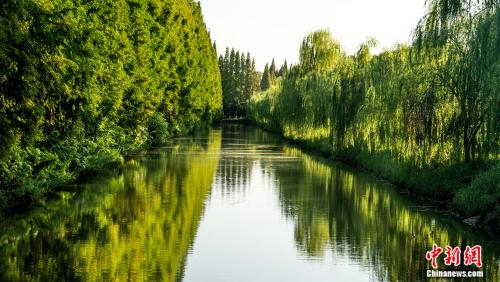
Resist the temptation to engage in business-oriented development.
Adhere to the original ecology, which is not only reflected in the environmental protection process of Wushan and the areas along the river. Jindao Ecological Park is located in Dongfeng Beach, Changjiang Town, Rugao City, Jiangsu Province. It is an agricultural and tourism demonstration site with 30,000 ginkgo trees and 20,000 Metasequoia trees, covering an area of 1,460 mu and transformed from farms, forest farms and windbreaks.
"There is actually no change here, and many famous and old trees have been added." Ji Xuefeng, director of the reception center of Jindao Ecological Park, said that this place was originally very primitive, and later it was transformed regionally, but it did not destroy any gardens, but only added functional areas.
"Because there are very few Metasequoia trees, it will take decades if we plant them again, so we should protect the trees for the next generation." Ji Xuefeng said.
"The biggest difficulty encountered in the development process is to resist the temptation." Sun Deli, director of Rugao High-tech Zone Management Committee, said frankly that it is sometimes difficult to adhere to the ecological concept.
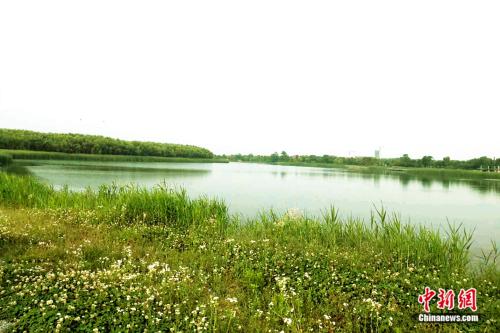
Rugao High-tech Zone once had a big pit left by railway construction, which was overgrown with weeds. In 2012, Rugao City developed it and built Longyou Lake Ecological Park. At the end of 2014, Rugao High-tech Zone built dams, planted greenery and stocked fry here for centralized ecological restoration. At present, Longyou Lake Ecological Park has been built into a national 3A-level scenic spot with a green coverage rate of 87.5%.
Longhu Ecological Park has two islands with an area of 60 mu and 36 mu respectively. The big one is called Zhidao, which looks like a jade from the air. There are osmanthus, cherry blossoms, crape myrtle and other plants on the island. Sun Deli said that due to the good environment, several five-star hotels have come to cooperate with them, but for the protection of the ecological environment, he refused.
"To develop without destroying the ecological environment, we cannot engage in commercial development." Sun Deli said that every development has been carefully demonstrated. Next, he plans to cooperate with a flower port to plant large tulips in Zhidao. (End)
关于作者